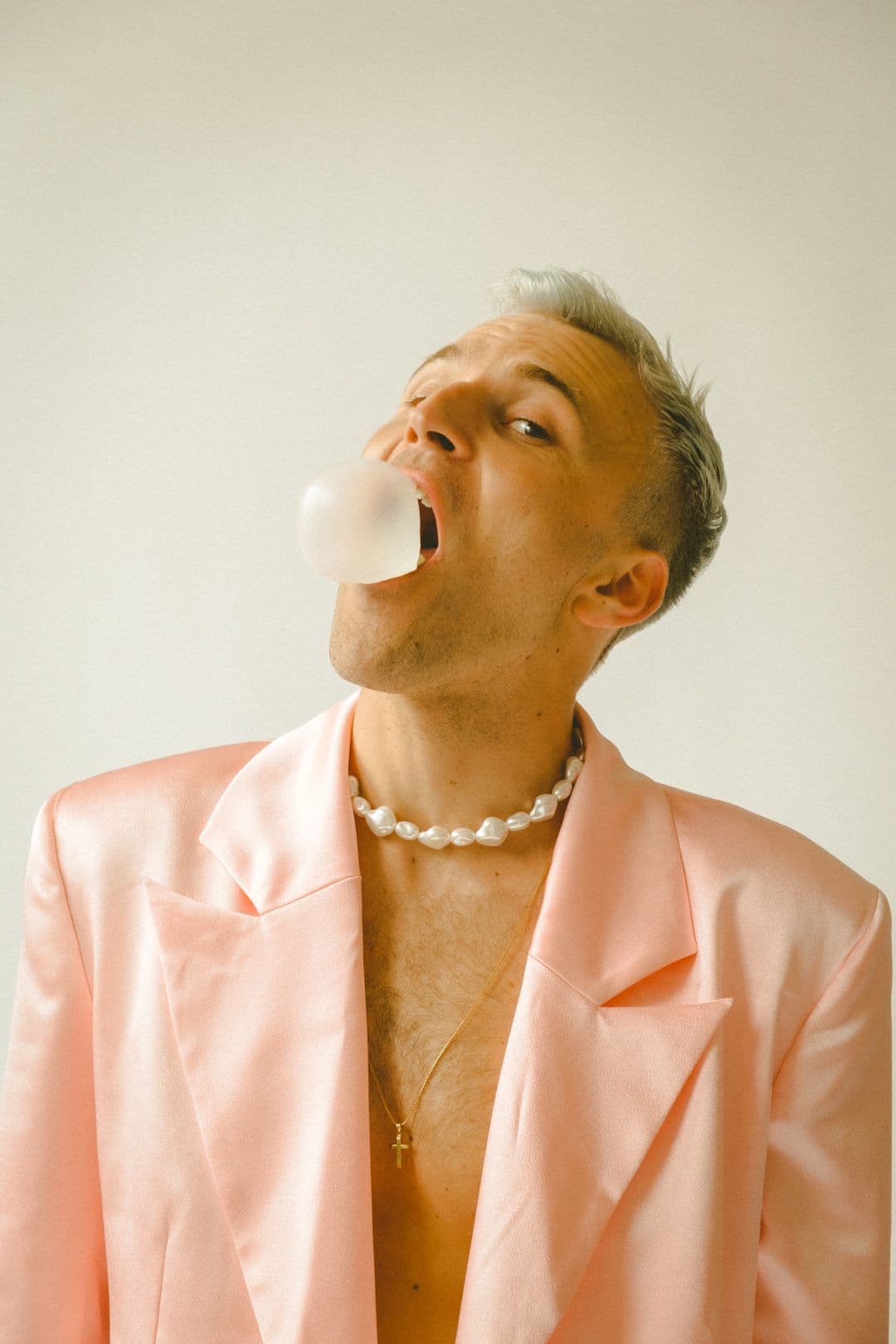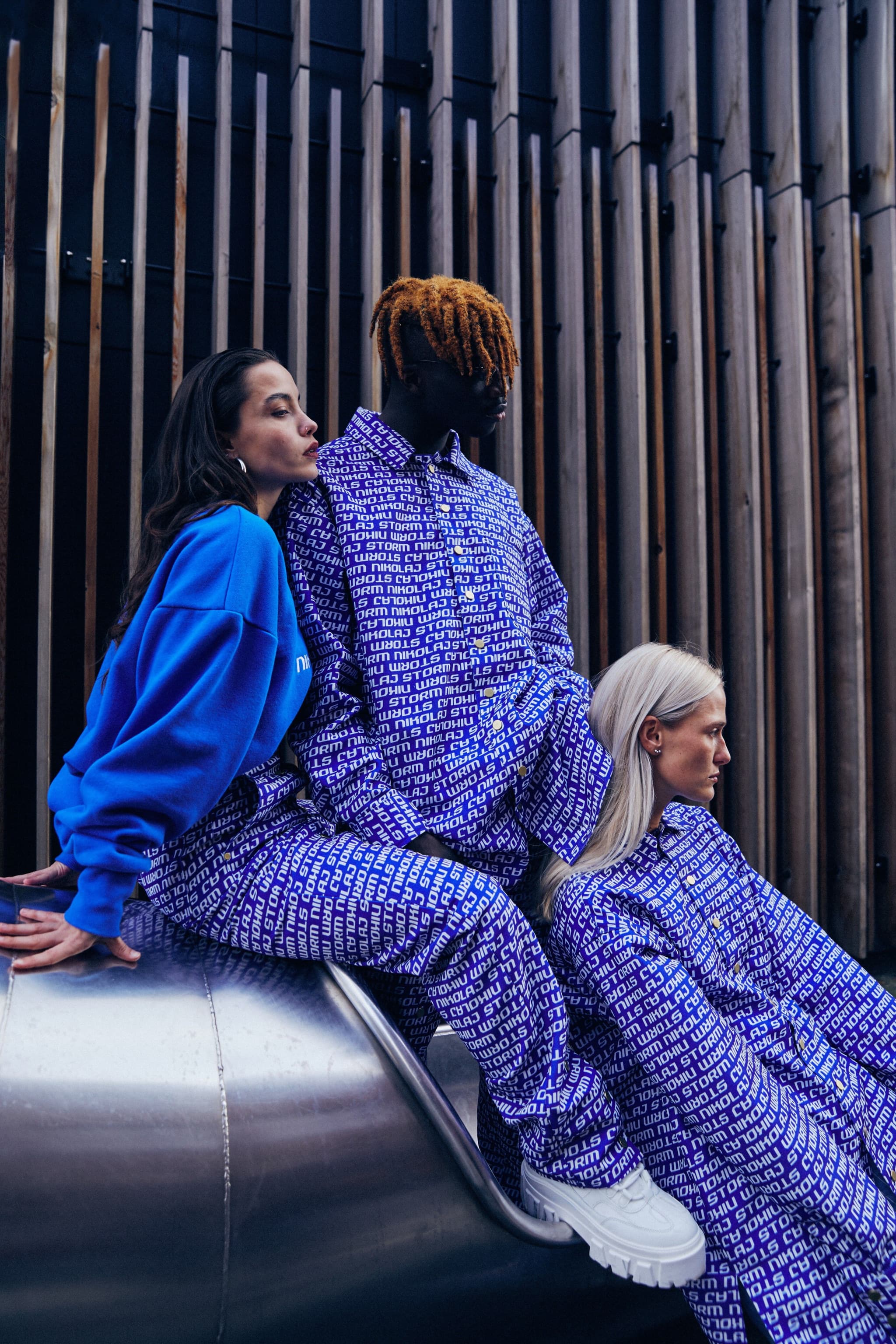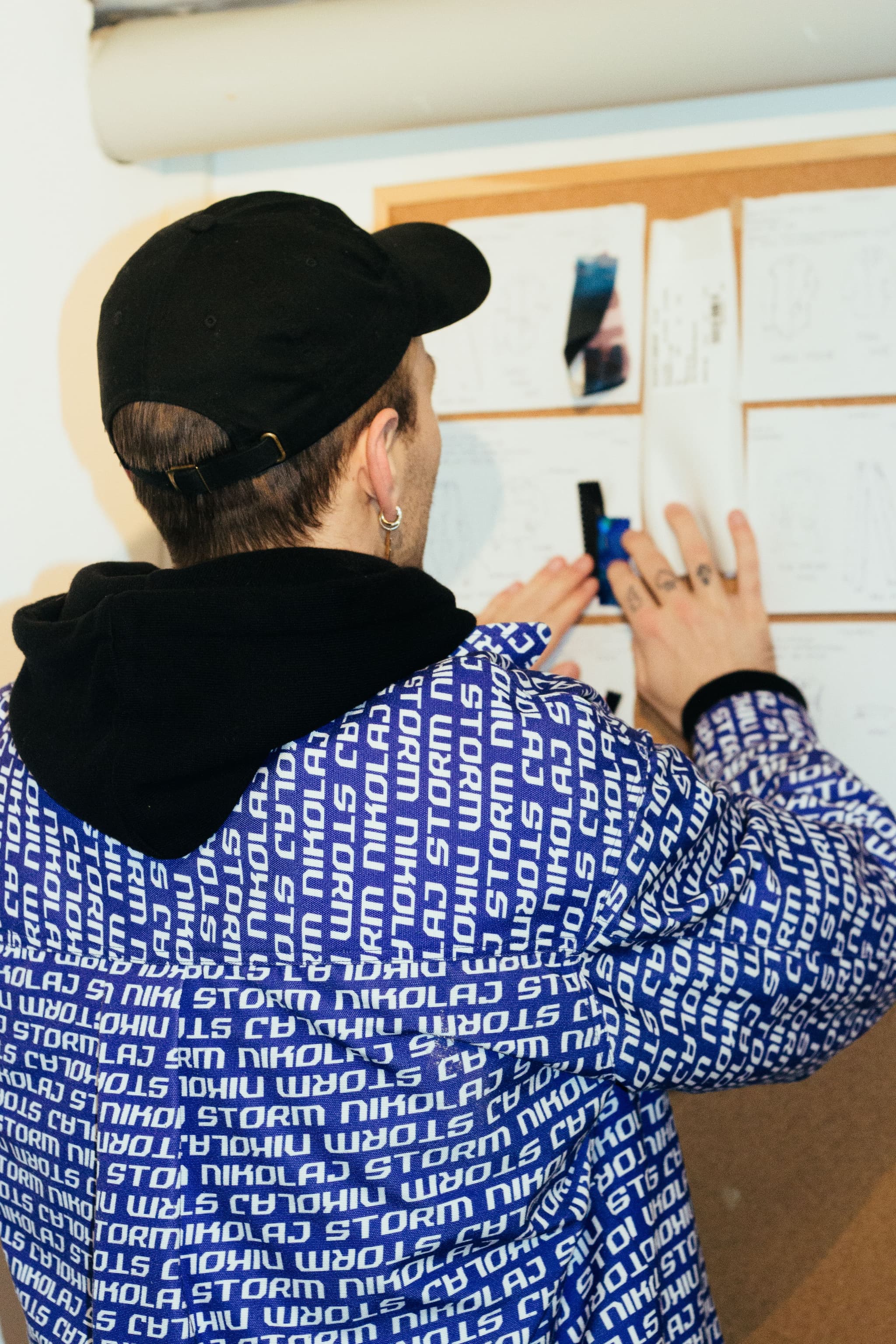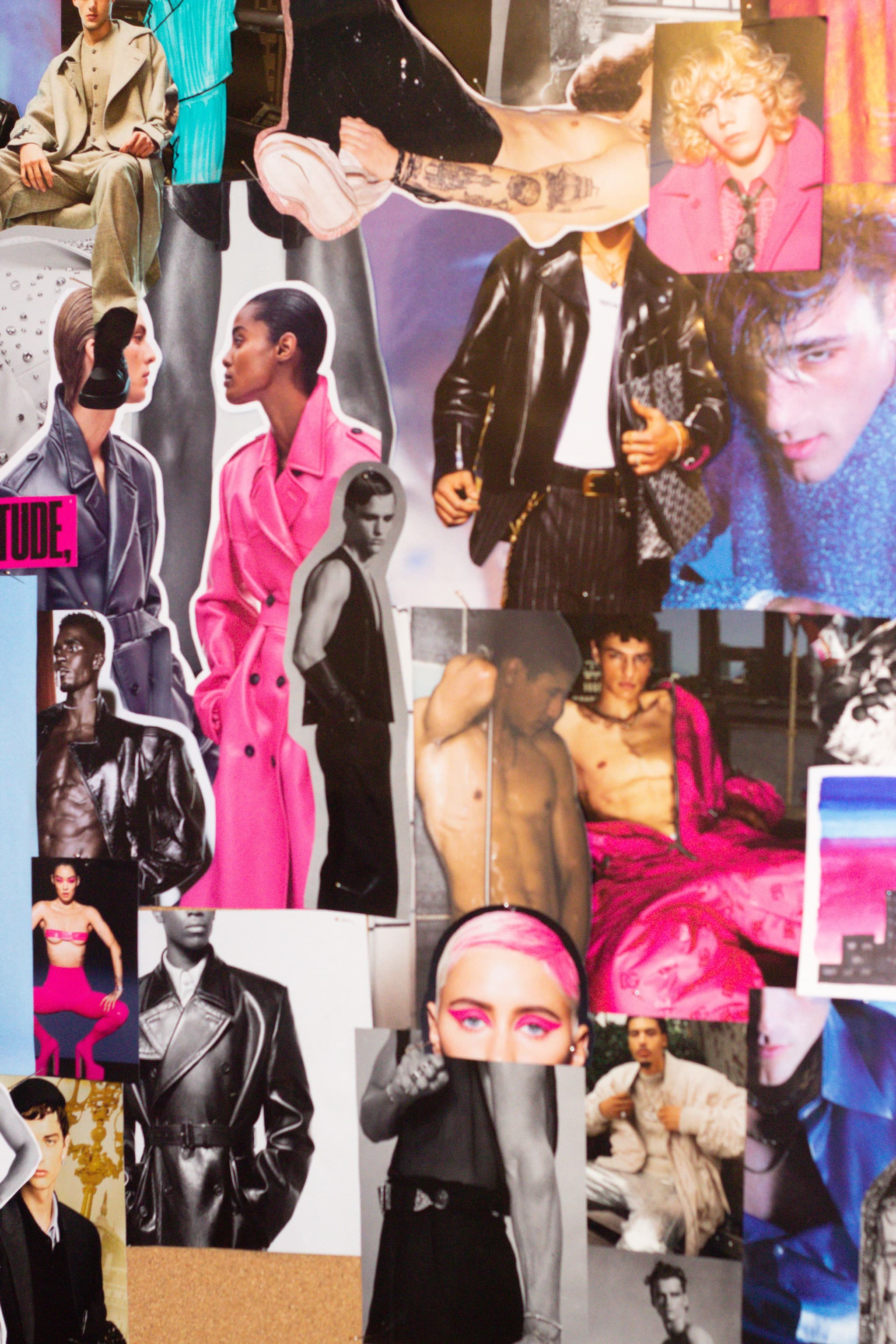Key Points
- What “circular” means: design durable garments, minimise waste, keep materials in use via repair, resale, upcycling, and eventual recycling.
- Biggest barrier: customers must value clothes properly, pay for quality, keep, repair, and reuse rather than buy-discard.
- Proof in practice: his Zalando award capsule applied Ellen MacArthur circular design and lower-impact colour tech, shaping his later collections.
- Policy & culture: regulation helps, but brands and consumers also need transparent supply chains and habits that cut waste and energy use.
- What’s next: rentals, free alterations and lifetime repair (UPSTORMED), take-back and upcycling, plus digital tools to cut sampling and returns.
Full interview with Nikolaj Storm
How do you define a circular business model in the context of the fashion industry, and what are the key components that fashion brands need to integrate to truly become circular?
To boil it down to the essentials, circular business models in the context of the fashion industry are to retain resources in the economy for as long as possible and reduce waste to a bare minimum. The roadmap to become circular is not just a straight line but endless possibilities and crossroads with strategies that match the company. It is all about researching and optimising within your field of a circular business model, so you can reach the goal of long-lasting products that create minimal waste.
I believe all fashion brands should at least work on how they design their products, the material input, and how it is produced: is it running on renewable energy? is the waste handled in a recycling loop? are the products designed to last? Is it to be repaired or to be recycled? I think all brands could easily tap into this and in the way they have taken a very large step towards a circular transition.
Then the next step could be to develop their business model to handle the longevity of the clothes - offer repairs, recycle, or upcycle when possible. In that way we make sure that what we have created is staying in a usable loop for a long time and then in the future it will be recycled back to new products and we will start using very few virgin resources - which of course is the end goal!

Working on transitioning fashion to a greener culture, what are the biggest barriers you've encountered, and how can they be overcome?
From my perspective, I think one of the biggest barriers to overcome in this transition is to make customers acknowledge the real price of fashion. We need to appreciate clothing again as something we cherish and take care of. If not, we will just keep buying the quick fix and use it a few times before throwing it away. We need to value our clothing so we want to keep it, want to repair it, and want to have it for a long time. This will also make us understand that we have to pay that little extra, but that it is okay as we will keep our products for longer.
It is the same when you upcycle or produce products of vintage, surplus, or deadstock materials - sometimes people don’t understand why these items may be just as expensive as normal clothing when they are produced by ‘waste’. By “waste”, I mean something that’s already created but not used, but since the word ‘waste’ has a negative energy surrounding it, people tend to think that products are poor quality and should be cheap. Again we need to understand the true value of clothes and the craftsmanship going into it, so we can truly appreciate it and so we understand that a jacket made from upcycled vintage jeans is expensive due to new supply chains, production workflows, and design.
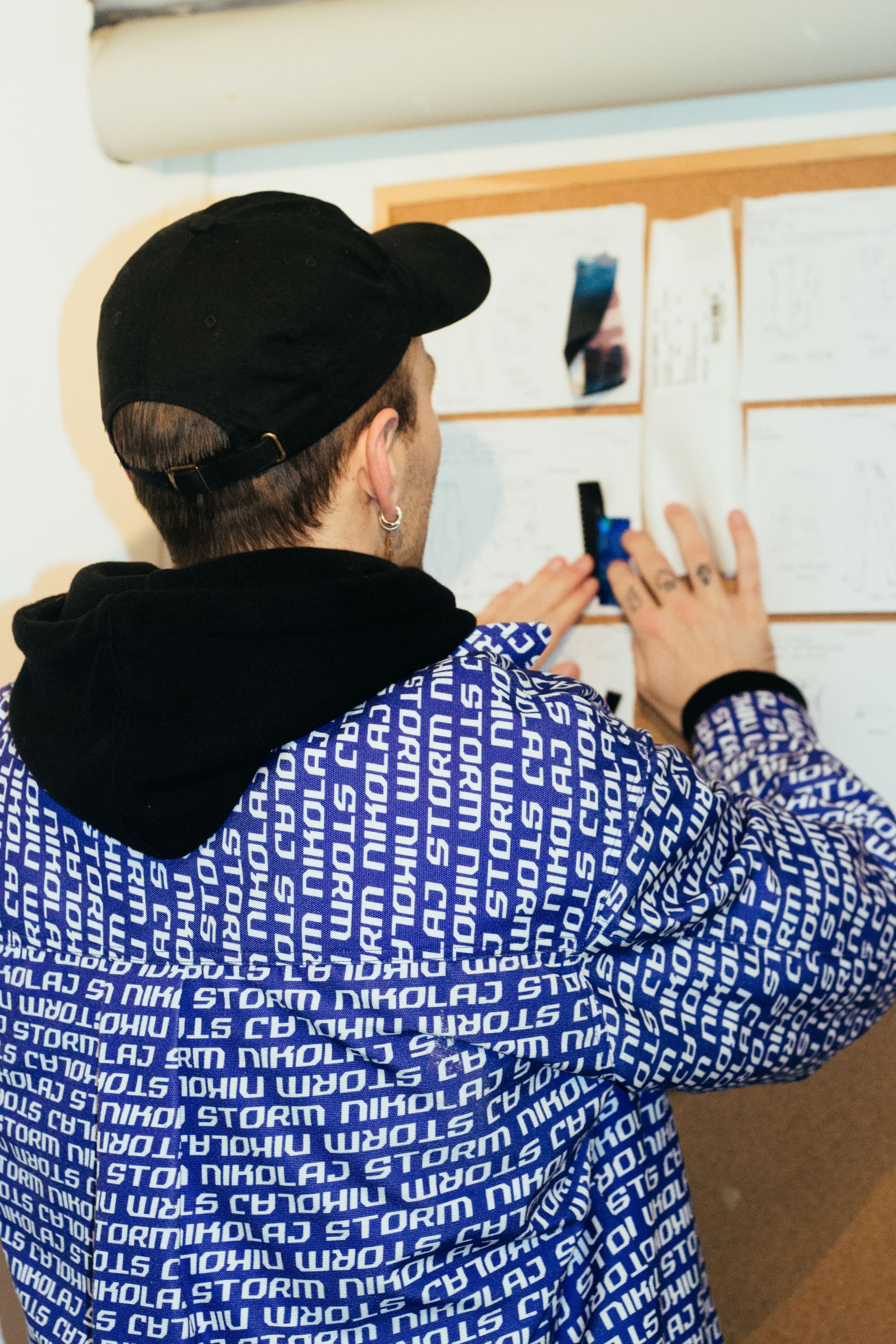
Could you share an example of a successful circular business model or project you've developed or been involved with?
I would love to highlight my capsule collection made in collaboration with Zalando. As the winner of the Zalando Sustainability Award 2020, I got the chance to develop a capsule collection for Zalando investigating new areas of sustainability. The challenge was to create a circular collection based on the principles of circular design developed by the Ellen McArthur Foundation. The development of the collection was full of new knowledge and lessons and that was truly the success of the collection. By working across sectors with different partners, we got a lot of new knowledge not only on circular design thinking but also on material innovations and the synergies between the digital realm and the fashion sector.
It was also my first time diving into circular design, which was great learning with all the inputs from Ellen McArthur Foundation, which also created the base for all the collections designed after and changing our designs and production routines to meet these new findings. It was the inspiration to investigate materials and innovations such as We aRe Spindye from Sweden, working with a groundbreaking color technology for polyester using less water and chemicals in production; and working with various players from the digital world talking about the synergies between them and how the digital world can help reduce waste, sampling, returns and so much more in the fashion industry.
The result was a statement collection called synthesizer where all of this was taken into consideration to create the best possible product. But looking back it was also the kick-off of circular business models within the company which have only expanded and developed since.
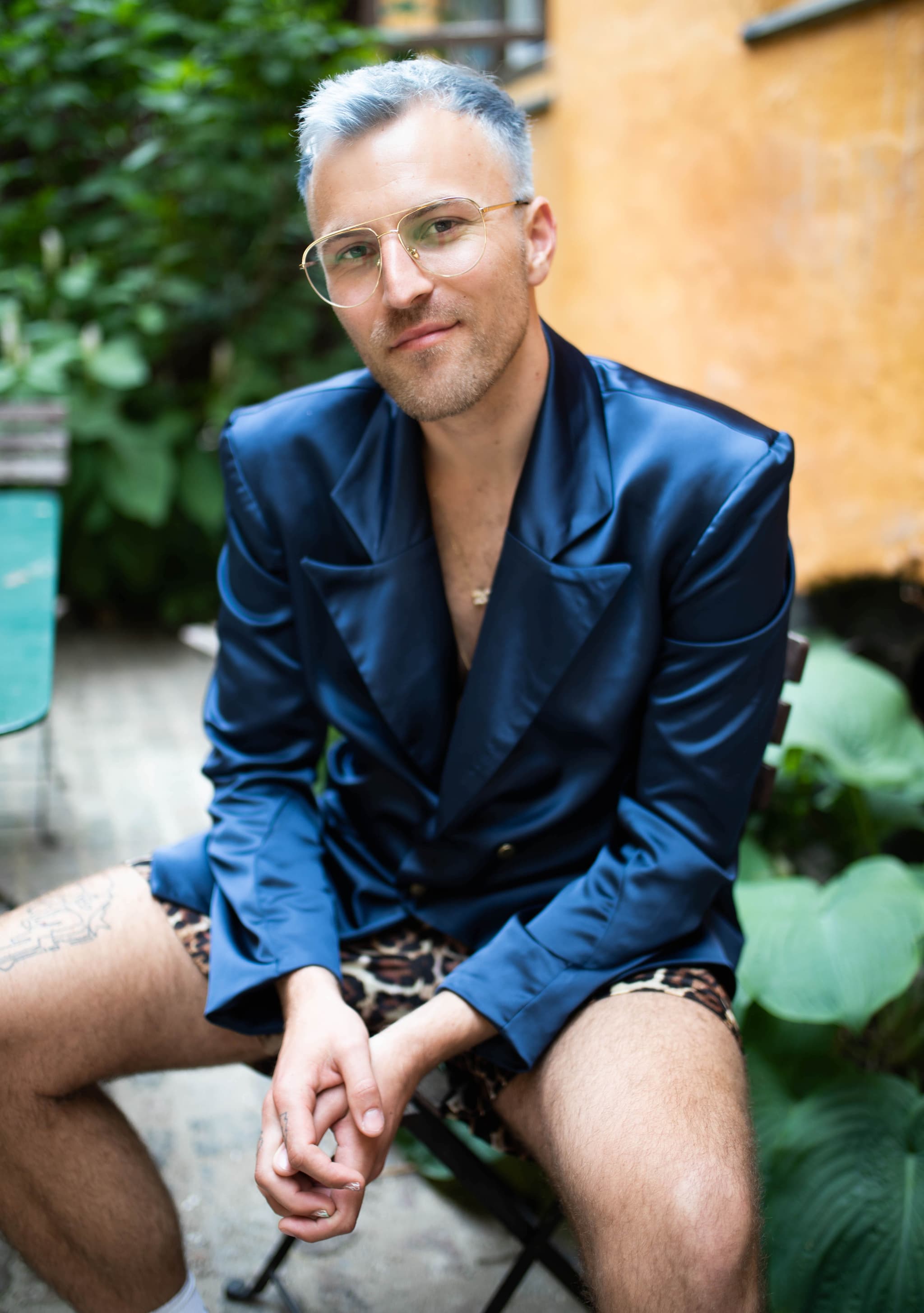
In your view, what role do government policies and industry regulations play in accelerating the transition towards sustainable and circular fashion?
I think when we talk about regulations and the role we all play in this matter, it is crucial to mention that right now we are killing the planet, the climate, the flora and fauna of the world, and in the end we are destroying our home.
Sometimes I am not sure why anybody doesn’t take it more seriously, are we waiting for the fire to reach our backyard or when our cities start to drown in water? Of course government policies and regulations could for sure help - but don’t limit it to one sector, we all need to go in on this. We all need to rethink the way we live - how much waste do we create, how can we make less, or make sure everything is recycled? How much energy are we using and it is necessary? How are we living, do we need all the space that we have, can we live on less? How much do we need to own, can we look more into sharing economy and renting?
I always say when I visit companies or do presentations that since I started my brand in 2018, it wasn’t a question about doing it sustainable - that was a must. Nowadays you can’t start a company without thinking “How do I make sure this is circular?”. The time is now - not in 30 years, and we should all act together as governments, industries, communities, families and all individuals to make sure that the human species lives on.

Looking to the future, what emerging trends or innovations do you believe will have the most significant impact on making the fashion industry more sustainable and circular?
With the big alert in the previous question, I would say on the contrary that I am super excited for the future. The need to rethink and redesign the whole fashion industry in new ways is exciting. The circular business contains various solutions on how to do a circular business and the possibilities are endless! Imagine a brand creating 12 collections a year, staying aligned with all the newest trends but instead of selling renting everything, and when done with a style it is recycled into new styles for the next season or upcycled to something different. This brand will focus a lot on trends and people who still want their daily fashion fix, but doing it more circularly. Or back to our roots with couture salons, tailoring your most desirable clothes in circular materials and quality constructions. They can offer alterations making sure their unique pieces can follow you for a lifetime, even though your body will change throughout life. Two very different concepts but both are circular in their own way.
I think soon there will be a great focus on quality design in great materials, repair possibilities, and now epicycles creating magic with waste - all of these aligned with our UPSTORMED program that focuses on free alterations, lifetime repair, UPSTORMED (which is the possibility to get your old items upcycled into something new) and take back system, so we make sure that used Nikolaj Storm products are treated the correct way at their end of life.
In the faraway future, I do think clothing will be completely different and we actually will start finding inspiration in sci-fi movies and create uniforms that can change the visual aspect through holographic or LED screens, meaning people would only need 1 uniform instead of a closet. Or open-source production selling shoes or accessories as a digital file that you can print on your own or co-owned 3D printer. We need to open our horizon and see the fashion industry evolve into something completely new - and that is exciting!
